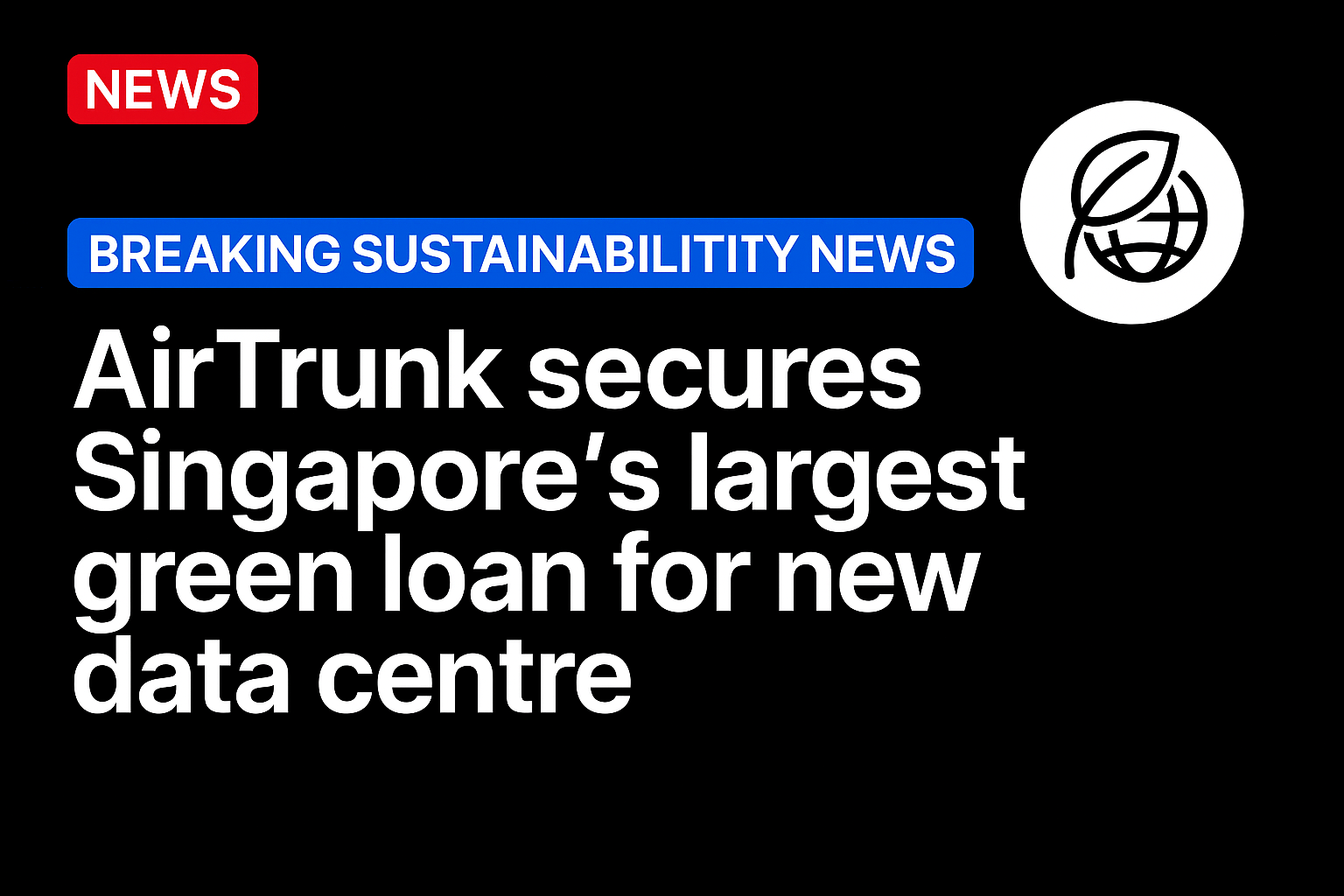BMW’s new iX3, built on the Neue Klasse platform, is designed to lower the carbon cost of making and driving an EV. The company says it can match the emissions of a gas-powered car in a year – or sooner if charged with renewable electricity.
BMW’s upcoming iX3 vehicle, expected in Europe later this year and in North America by 2026, marks the start of a new line of electric vehicles built on the company’s Neue Klasse platform. The name nods to the original Neue Klasse cars from the 1960s, which played a big role in shaping BMW’s identity. While full details about the iX3’s design are still under wraps, BMW says it will be its most sustainable production car so far. Here’s a look at what’s changing.
The iX3 builds on some of the ideas shown in BMW’s earlier concept vehicles – like the i Vision Circular from 2021 – which introduced methods for building cars that are easier to recycle. One example is the use of single-type materials, or “mono materials,” like a centre console made from one kind of plastic, making recycling more straightforward. BMW is also using more recycled content overall – around 1,600 pounds of the car’s materials are reused, including a large share of the lithium, cobalt, and nickel from the battery. About 70% of the aluminium in the wheels and 80% in the wheel carriers is recycled. Even the front storage compartment includes plastic made from discarded fishing nets.
North American buyers probably won’t see the Econeer interior trim – which uses fabric made entirely from recycled plastic bottles – but may get an alternative using eco-friendly vinyl.
Using better materials is only part of the picture. Building EVs is more energy-intensive than making gas-powered cars, and that has a real impact on emissions. BMW, like other carmakers, is under pressure to reduce its overall carbon footprint. According to Ars Technica, the company says it’s working toward cutting annual emissions from 150 million tons in 2019 to 109 million tons by 2030. In 2024, it produced 135 million tonnes of emissions.
The Neue Klasse platform is key to hitting those goals. Production of the iX3 will start at a new factory in Debrecen, Hungary, which runs on 100% renewable energy. It includes an all-electric paint shop and generates about one-third less CO2 than BMW’s older factories. The new battery design also plays a part – BMW says its cylindrical cells (which replace the older prismatic ones) have 42% lower carbon emissions per kilowatt-hour.
BMW hasn’t shared detailed performance figures yet, but it claims the new iX3 will reach a break-even point with a gas-powered vehicle in less than a year. That means it will have offset the emissions generated during manufacturing after about 13,300 miles – or just 10,900 miles if charged with renewable electricity. Over a lifespan of about 124,000 miles, the iX3’s total carbon footprint could be as low as 14.6 tons, compared to 52.8 tons for a gasoline-powered BMW X3.
Redesigning the battery and factory
The biggest emissions cuts come from how the car is built and what it’s built with. BMW’s new Gen6 batteries were developed in-house and are produced in partnership with CATL in China. They come in two sizes and use nickel-rich chemistry to increase energy density by 20% compared to the previous generation. They also charge 30% faster.
To save weight and space, BMW removed battery modules altogether. The battery is built directly into the vehicle’s structure, with the top of the pack doubling as the cabin floor. Around half of the lithium, cobalt, and nickel used in the new batteries comes from recycled sources, and BMW estimates that the battery system will have a 42% lower carbon footprint than its current models.
BMW’s Debrecen plant where the iX3 will be built was designed with sustainability in mind. Along with its use of renewable electricity, it cuts manufacturing emissions by one-third. According to BMW, this helps the iX3 reach its carbon break-even point with a comparable gas-powered car in under a year of driving – sooner if the driver charges using renewable energy.
More recycled materials, less waste
Roughly one-third of the materials in each Neue Klasse SUV are recycled. Though leather is still available, the standard interior is free from all animal-based products. The Europe-only Econeer trim, for example, uses seat fabrics made entirely from recycled PET bottles. Floor mats, ceiling linings, and plastic parts under the hood are made from repurposed materials.
In 2024, one in four BMW Group vehicles sold – including models from Mini and Rolls-Royce – had some form of electrification, and 17% were fully electric.
For a company known for its gas-powered sports sedans, the Neue Klasse EVs represent a shift. Whether this move is enough to meet future climate targets remains to be seen, but the changes in design, materials, and production mark an effort to move in the right direction.
Source: https://sustainability-news.net/




